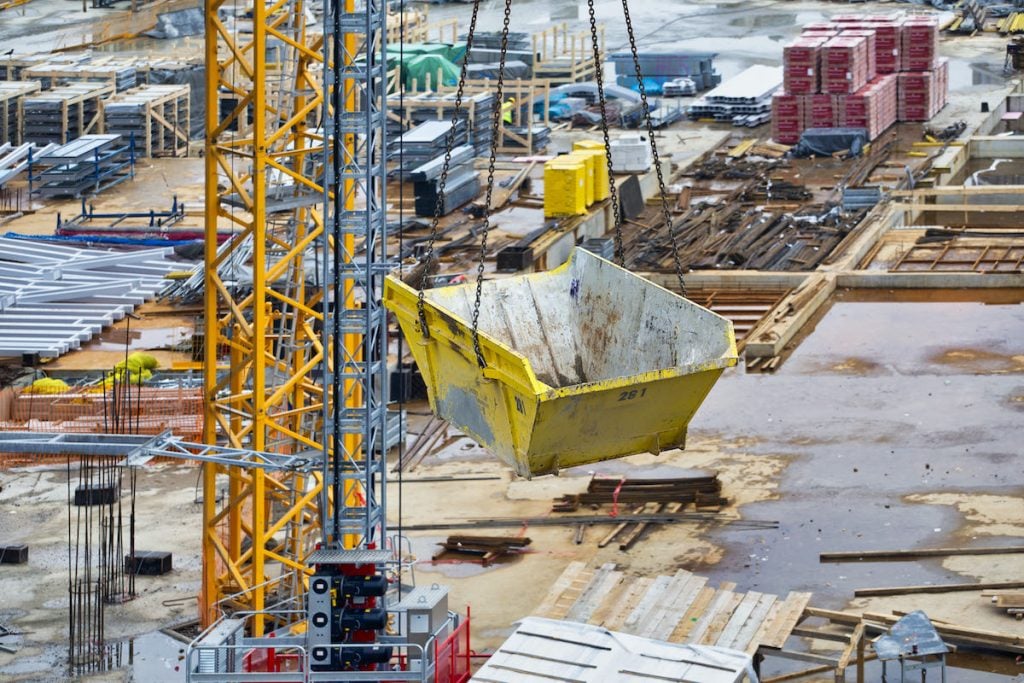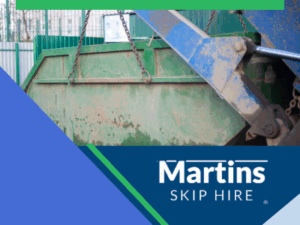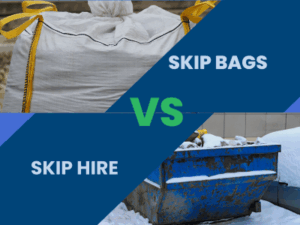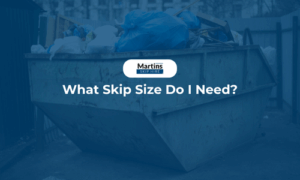Hiring a skip is one of the simplest ways to deal with large amounts of waste. Whether you are clearing a house, managing a building project or tackling a garden overhaul, skips provide a fast and convenient way to collect and remove rubbish in one go. This guide explains how skip hire works, where you can place your skip, how long you can keep it for, what you can put inside and what to do when it is full.
What happens when you hire a skip?
The first step in hiring a skip is deciding which size is right for your job. Skips range from small 4-yard mini skips suitable for light domestic waste up to large roll-on roll-off containers of 20 to 40 yards for commercial or industrial clearances. Choosing the right size from the start is important, as it avoids the cost and delay of ordering a second skip.
Once you have chosen your skip, it will be delivered to your location at a time that suits you. In most cases, this can be the same day or the next day, depending on your area. Our team will place the skip safely in the spot you have chosen and explain any important details, such as weight limits and collection arrangements, so you can start using it straight away without disruption to your project.
Where Can You Place a Skip?
Most customers place skips on private driveways or private land because it is simple and avoids extra paperwork. If you need to put a skip on the road, a permit from your local council will be required. Martin Skip Hire can arrange the permit on your behalf to save you the hassle.
Some councils also have conditions for skips placed on the street, such as reflective markings or safety lamps, especially at night or during poor weather. We will let you know if these are needed when you book, so everything is compliant before delivery.
How Long Can You Keep a Skip For?
Standard skip hire periods usually last up to two weeks. If you need it for longer, extensions are normally available and can be arranged when you order or at any point during the hire. It is also possible to have your skip collected earlier if you finish the job sooner. Our team is flexible and can schedule a collection date that works for you. If you need a skip collection or to extend the duration of your hire, call us directly to discuss.
What Can You Put in a Skip?
Most everyday household, garden and construction waste can go in a skip. This includes furniture, wood, soil, rubble, cardboard, metal and general rubbish. There are some restrictions due to environmental and safety regulations. Items such as asbestos, batteries, tyres, medical waste, fridges, gas canisters, electrical appliances and liquids, including paint or solvents, cannot be put in a standard skip and may require specialist disposal.
If you are unsure of what can and can’t be placed in a skip, we can advise you before delivery. This saves you from unexpected fees or delays at collection time.
What Happens When the Skip Is Full?
Skips must be filled to the top but not overloaded. Overfilled skips are unsafe to transport and cannot be collected. Keep an eye on the level as you fill it, and contact us to arrange collection before it reaches the point of overflow. If you know your job will create more waste than expected, you can also arrange for an additional skip to be delivered.
Make Skip Hire Simple
Hiring a skip is straightforward when you have the right information. By knowing how the process works, where to place your skip, what you can put in it and how long you can keep it, you can avoid extra costs and keep your project running smoothly.
Martin Skip Hire offers clear pricing, fast delivery and friendly support throughout the hire process. If you are ready to book a skip or need help choosing the right size, contact our team or order online today.
 sales@martinskiphire.co.uk
sales@martinskiphire.co.uk 




